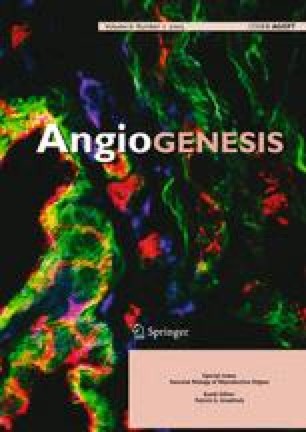Semaphorin 3A protects against thoracic aortic aneurysm dissection by suppressing aortic angiogenesis
Abstract
Thoracic aortic aneurysm (TAA) is life-threatening once developing to sudden dissection (TAAD) or rupture. The pathogenesis of TAA remains poorly understood and there is no effective pharmacologic therapy. Increased aortic angiogenesis has been recognized as a key factor contributing to TAA formation, yet the regulatory mechanisms governing this process remain unclear. Here we found that the mRNA and protein levels of Sema3A were significantly decreased in human TAA/TAAD tissues compared to non-TAA aortic tissues. Global or vascular smooth muscle cells (VSMCs)-specific overexpression of Sema3A significantly alleviated the progression of β-aminopropionitrile fumarate (BAPN)-induced TAA and reduced TAAD incidence, whereas VSMCs-specific knockout of Sema3A aggravated TAA and increased TAAD incidence, in mice. Sema3A was leadingly expressed in the VSMCs, and the VSMCs-derived Sema3A protected TAA mainly via binding to NRP1 on the endothelial cells (ECs) and inhibiting the downstream ERK signaling, and thereby suppressing aortic neovascularization, inflammation and extracellular matrix (ECM) degradation. Administration of recombinant Sema3A protein hindered TAA progression and reduced TAAD incidence in mice. In summary, we demonstrated that Sema3A is a potential endogenous protective factor for TAA. Downregulation of Sema3A promotes TAA progression and TAAD attack, whereas upregulation of Sema3A or administration of recombinant Sema3A protein alleviates TAA and reduces TAAD incidence. The protection of Sema3A on TAA depends on the VSMC-EC crosstalk and activation of endothelial NRP1-ERK signaling, and thereby the suppression of angiogenesis and angiogenesis-associated inflammation and ECM degradation.

 求助内容:
求助内容: 应助结果提醒方式:
应助结果提醒方式:


